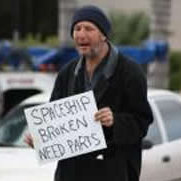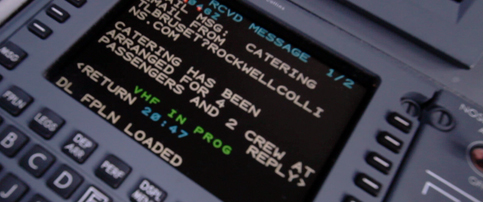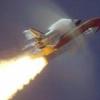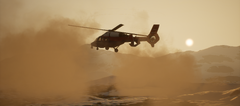- 5 replies
- 3,025 views
- Add Reply
- 8 replies
- 4,082 views
- Add Reply
- 0 replies
- 2,090 views
- Add Reply
- 19 replies
- 4,199 views
- Add Reply
- 12 replies
- 3,900 views
- Add Reply
- 4 replies
- 2,416 views
- Add Reply
Software Updates

By Erik,


CombatACE will be undergoing routine updates later today to provide the community with a more feature rich and stable version of our community software. I will be turning off features and accessibility as I make the upgrades and they will appear offline and will resume normal operation as the updates are completed. The downtime is necessary to make sure all files and database entries maintain their integrity.
Thank you for your patience and understanding during the necessary improvements.
iPad gets approval from FAA to replace paper flight charts and maps

By FastCargo,


By Jason Paur, WIRED
From the earliest days of aviation, pilots have relied upon paper maps to help find their way. Even in an era of GPS and advanced avionics, you still see pilots lugging around 20 pounds or more of charts.
But those days are numbered, because maps are giving way to iPads.
The Federal Aviation Administration is allowing charter company Executive Jet Management to use Apple's tablet as an approved alternative to paper charts. The authorization follows three months
Combatace reviews the Handley Page 0-400

By Dagger,


Combatace reviews the Handley for Rise of Flight. Read the review Handley Page Review HERE
Boeing gets $35 billion Air Force tanker contract
By DWCAce,


Story by Marc Selinger
The U.S. Air Force announced Thursday that it has selected Boeing’s NewGen Tanker to be its new KC-46A air refueling jet.
The contract award, which follows a rigorous Air Force review of industry proposals, means Boeing will build the next-generation tanker that will replace 179 of the service’s 1950s-era KC-135s.
Boeing officials said they are honored by the selection and will meet the Air Force’s requirement to deliver the first 18 combat-ready aircraft by 2
DCS: A-10C Warthog--Final Release!

By JediMaster,
“DCS: A-10C WARTHOG” Released
DUXFORD, UK, February 21, 2011 – The Fighter Collection and Eagle Dynamics now offer “DCS: A-10C Warthog” as a digital download for $59.99.
Purchase "DCS: A-10C Warthog" at:
http://www.digitalcombatsimulator.com/index.php?end_pos=1322&scr=shop&lang=en
"DCS: A-10C Warthog" is a PC simulation of the U.S. premier Close Air Support attack aircraft. This is the second aircraft in the DCS series, following DCS: Black Shark, and raises the bar eve
DFW C.V. now available for preorder

By Dagger,


This is from Jason at 777 studios
Pre-Order DFW C.V
Dear pilots,
Today is an important day for us. Some time ago we took on the responsibility of trying to offer you something different, the embodiment of our ideas of what this hobby could and should be in this new age of technology. We did not try to emulate the current authorities and we did not try to merely copy others, but rather build something we ourselves would want to participate in. In this modern era of developme






